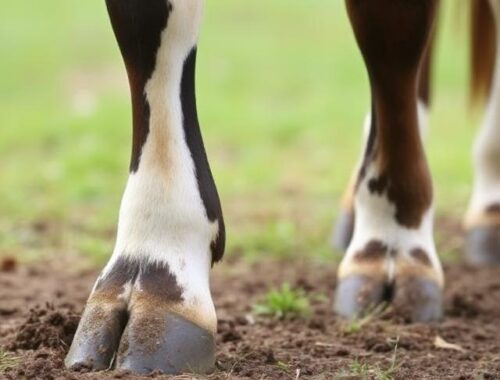
Understanding Laminitis: Causes, Symptoms, and Recovery Tips
Laminitis in horses can turn a normal day into a serious emergency. It’s not just sore feet—it’s intense, deep hoof pain in horses that can leave them unable to move. One minute you’ve got a lively, energetic partner; the next, you’re watching them stand awkwardly, shifting weight, clearly uncomfortable. Whether it hits suddenly or builds up over time, laminitis can cause lasting damage if not caught quickly.
You might’ve heard folks refer to it as “founder in horses.” They’re not wrong. That’s what happens when the condition gets severe enough to change the structure of the hoof. But before it gets to that point, there are ways to catch it, understand what’s causing it, and put together a plan for recovery. Managing laminitis in horses means learning what triggers it and staying ahead of the warning signs.
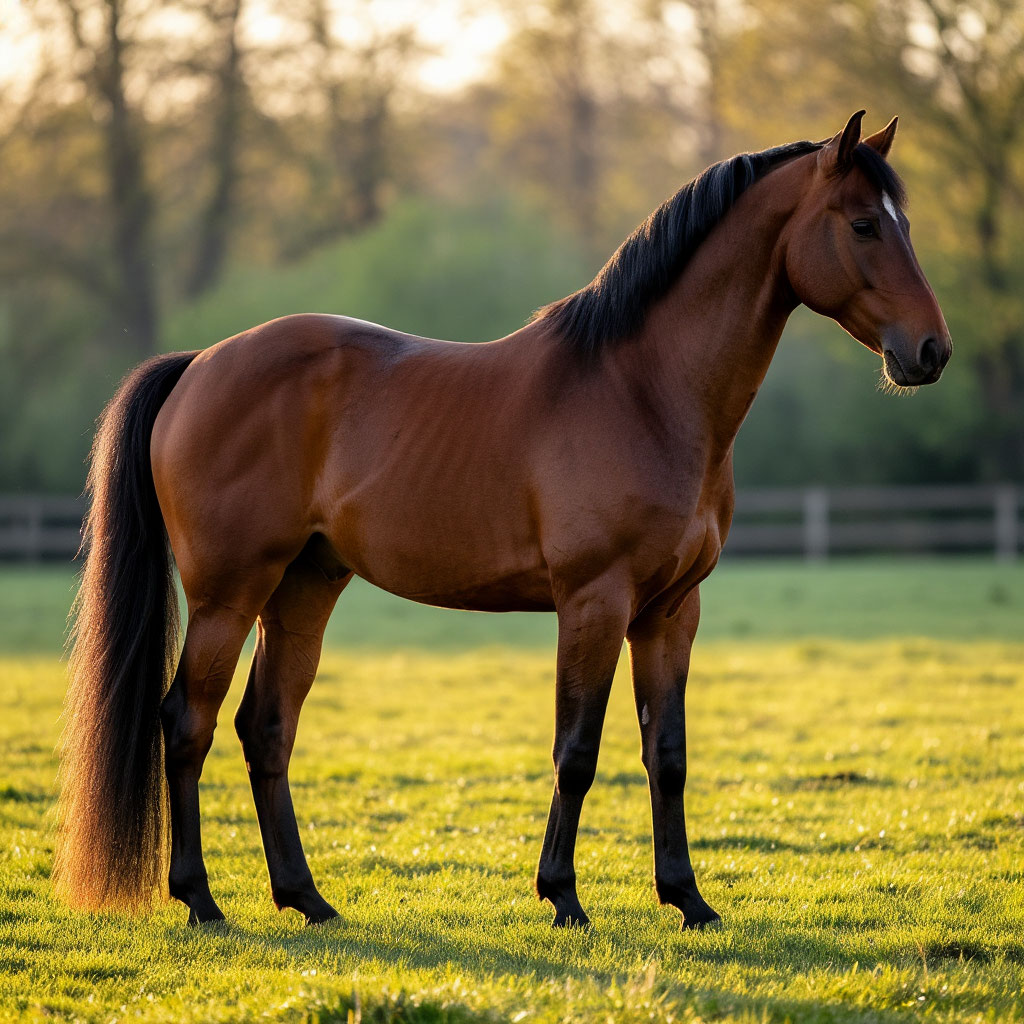
What Is Laminitis?
How It Affects the Hoof
Laminitis in horses happens when the tissues inside the hoof—the laminae—get inflamed. These thin structures hold the coffin bone in place. Once inflammation kicks in, those connections weaken. That’s where the real damage begins. Instead of everything sitting neatly inside the hoof, the coffin bone can rotate or even sink. That’s why this isn’t a “walk it off” type of issue. It’s painful and fast-moving.
The Early Look
At first, it might just seem like your horse is a little off. Maybe warm in the feet. Maybe not wanting to turn or pick up their hooves. But even slight discomfort deserves a second look. Laminitis doesn’t wait around. The key to stopping laminitis in horses is paying attention to small changes. The sooner you catch it, the more likely you can avoid long-term damage.
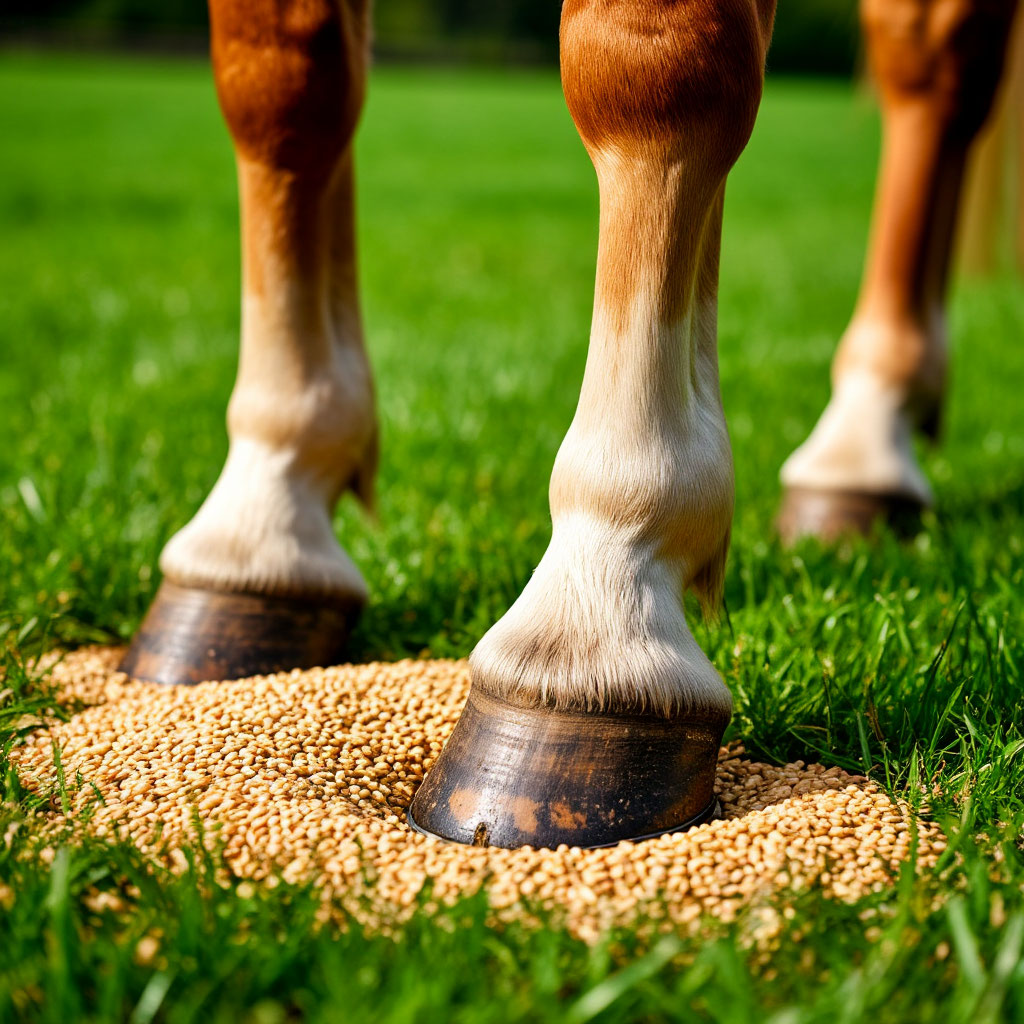
What Causes Laminitis in Horses
Dietary Triggers
Most laminitis causes come down to feed. Some common triggers include:
- Overeating grass, especially in spring or fall
- Too much grain or sugary treats
- Sudden feed changes that upset gut bacteria
These issues overwhelm the gut, and the toxins released trigger horse hoof inflammation.
Mechanical and Systemic Causes
Heavy work on hard surfaces adds up. If one leg’s injured, the other carries too much weight, which leads to supporting limb laminitis. That alone can bring on acute laminitis symptoms. Infections or retained placenta in mares can also release harmful substances into the bloodstream. In many cases, hormonal disorders like Cushing’s disease (PPID) or insulin resistance play a big role. These metabolic conditions interfere with blood flow and inflammation control, leading to flare-ups.
Other Factors to Watch
Obesity increases pressure on hooves and raises the risk of founder in horses. Inactive horses with access to rich pasture are prime candidates. Laminitis prevention often means managing both weight and environment to lower risks.
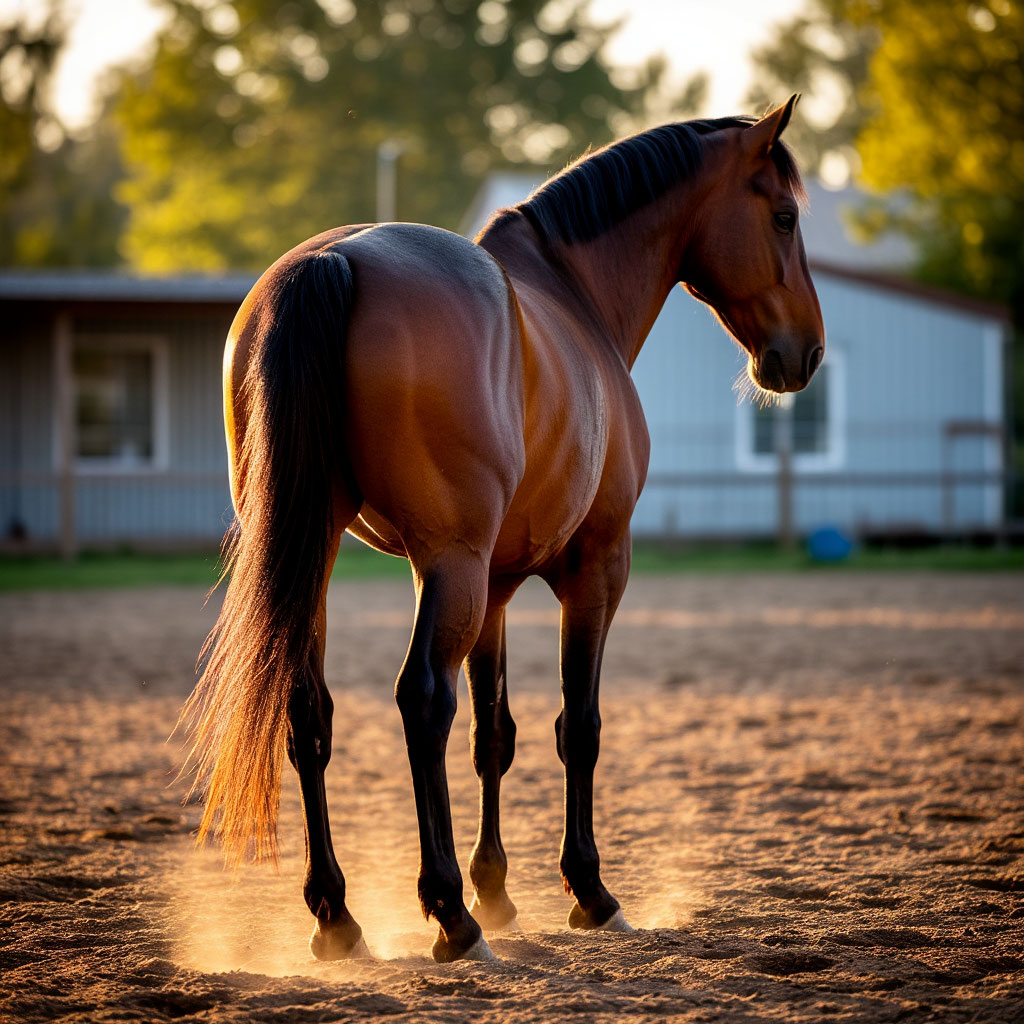
Signs and Symptoms to Watch For
Signs of laminitis often start subtly. Your horse might begin shifting weight more than usual, hesitating to move on hard ground, or even showing reluctance to pick up a hoof. These early behaviors signal discomfort that shouldn’t be brushed off. Heat in the hooves and a noticeable digital pulse above the fetlock are telltale signs of inflammation. Pain may not be obvious yet, but the damage could already be underway.
In more noticeable stages, your horse might rock back on their heels to relieve pressure on the toes, adopting a classic laminitic stance. Movement becomes careful, and turning feels awkward or painful. Even without limping, these behaviors hint at deeper hoof trouble. Watch for the small things—how they stand, how they step, how quickly they respond to requests. Laminitis in horses can escalate fast, and knowing what to look for is your best tool.
| Symptom | What It Might Mean |
|---|---|
| Increased digital pulse | Inflammation is building inside |
| Heat in the hoof | Blood flow is disrupted |
| Shifting weight | Hooves hurt, even while standing |
| Reluctance to walk or turn | Pain spikes during pressure |
| Rocked-back stance | Classic position to relieve pressure |
Acute vs. Chronic Laminitis
Acute Laminitis Symptoms
Acute laminitis symptoms often arrive suddenly. Your horse may look hesitant to walk, shuffle when turning, or even freeze in place. You’ll likely notice heat in the hooves and a heavy, throbbing pulse. They might lean back to ease pressure, standing in an unnatural stance. That posture is a big red flag. This phase of laminitis in horses is urgent and painful.
Chronic Laminitis
If treatment isn’t started quickly, the condition may shift into the chronic stage. That’s when the hoof begins to change shape. You might spot faint rings along the hoof wall or notice the sole becoming flatter. Some horses appear better for a while, but discomfort lingers. Recovery from chronic laminitis takes more time and close attention.
One of the biggest differences between acute and chronic cases is how obvious the pain is. Acute pain demands immediate help. Chronic laminitis can hide in plain sight, slowly reshaping the hoof without clear lameness until it’s advanced. That’s why it’s crucial to stay alert long after the first flare-up ends. Laminitis in horses doesn’t always follow a straight path, and recurring hoof pain in horses is a real concern.
Treatment Plans and Recovery Timeline
The first 24 hours are crucial when treating laminitis in horses. Once you recognize the signs, call your vet right away. You’ll need to remove any grain or sugary feed immediately and keep your horse on low-sugar hay. Cooling the hooves with ice helps slow inflammation. Bedding should be deep and soft to protect sore feet. Your vet may prescribe anti-inflammatories or pain relief meds to make your horse more comfortable.
Some horse owners also explore natural ways to help recovery. Cooling treatments like ice boots or soaking the feet in cold water can reduce swelling. Switching to soft footing—such as thick shavings or fine sand—adds extra cushion. A few herbs like turmeric or devil’s claw might support the process, but always double-check with your vet before adding anything new. Treating laminitis naturally offers comfort alongside conventional care.

Dietary Considerations for Laminitis
What to Cut
- Grain and sweet feeds
- Fresh spring grass
- Anything high in sugar or starch
What to Add
Low-sugar hay is non-negotiable. Test your hay to keep ESC + starch under 10%. Mineral balancing supports healing, especially zinc and copper. Use slow feeders to reduce gorging. And don’t forget water—poor hydration slows recovery. Diet plays a massive role in managing laminitis in horses long term.
Long-Term Hoof Care After Laminitis
Why Consistent Hoof Care Is Crucial
Long after the worst of the flare-up has passed, laminitis in horses still demands attention. Consistency in hoof care helps prevent another painful episode. Regular trimming helps maintain balance and reduces strain on inflamed or weakened areas. Even a small delay between trims can lead to problems.
Trimming and Support
Supportive shoeing can relieve pressure on damaged structures inside the hoof. The farrier will shape the hoof to reduce torque on sensitive areas and may suggest therapeutic shoes like heart bars. Correct trimming doesn’t just make the horse more comfortable—it helps guide healing.
Monitoring for Trouble
Daily observation is essential for preventing a recurrence. Feel the hooves for heat, check the pulse, and watch their stride. Are they walking stiffly? Does one hoof seem warmer? These could be signs that inflammation is creeping back. Early intervention is the best defense when managing chronic laminitis.
Laminitis in horses is scary, but not hopeless. Quick action, good farrier work, and smart feeding make all the difference. Horses can recover and live comfortably—even after a major flare-up.
Pay close attention to subtle changes. Respect the signs of laminitis, trust your instincts, and don’t wait when something seems off. Most important? Work closely with your vet and farrier. Together, you can give your horse the best shot at staying sound and avoiding future flare-ups of laminitis in horses.
You May Also Like
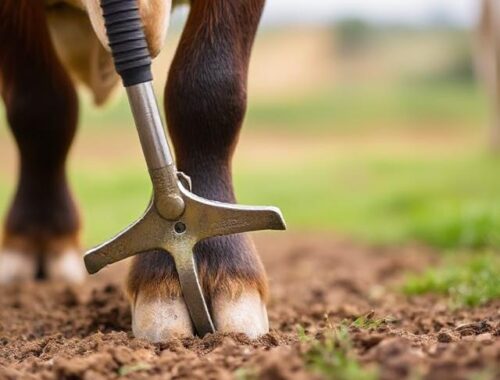
Best Hoof Care Tools for Livestock Owners: A Practical Buying Guide
June 26, 2025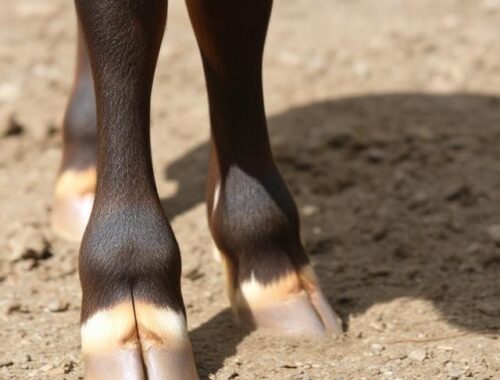
Comparing Cloven and Single Hooves: Anatomy Across Species
June 26, 2025